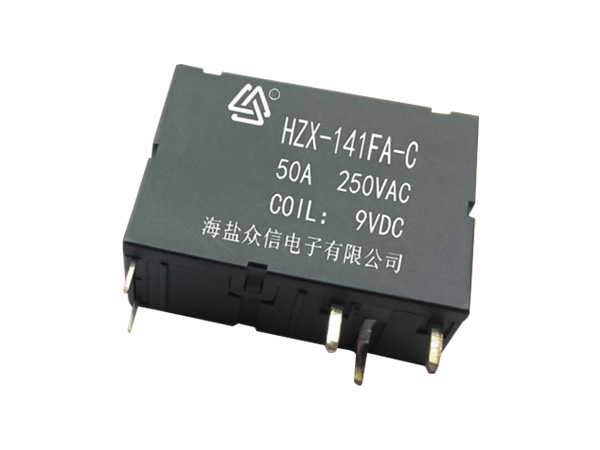The basic difference between an
electromagnetic relay and an electromechanical switch is that the former has a lower inrush current, while the latter is capable of switching a large quantity of current without interruption. Relays have a high capacity for switching and are therefore the cheapest solution for switching functions. However, there are several disadvantages to using a relay. Listed below are a few of these. For more information, contact your local electrical supply company.
The release voltage is the voltage at which a relay can safely release its current. The release voltage is ten to fifty percent of the pull-in voltage. Relays with a low release voltage can negatively impact the working of a circuit and reduce the reliability of the device. Therefore, a regulated power supply is essential for conducting this test. To ensure the correct functioning of your electromagnetic relay, conduct a test by using an ampere meter.
Contacts of an electromagnetic relay may be normally open or closed. When these contacts are closed, they remain in the operating state. Alternatively, a relay may be closed when the contacts are open. The contact that is closed is normally closed. This type of relay is also called an NC relay. It has two types of contacts: normally open (NOOC) and normally closed (NC). Unlike the former, a polarity-controlled electromagnetic relay requires a changeover switch or H-bridge drive circuit to enable operation.
Another important feature of the electromagnetic relay is the air gap between the coil's poles. This gap controls the value of ampere-turns that attract the armature and operate the relay. It is important to choose the right type of electromagnetic relay for your needs. They are available in different configurations and specifications. Once you've chosen the one you prefer, start exploring its capabilities. It's possible to improve your current efficiency by using an RC relay.
As a general rule, the maximum current refers to the maximum current allowed by the electromagnetic relay. When the pull-in current exceeds the permissible value, the relay performs an unpowered release action, which reduces the current to almost zero. The maximum current also refers to the maximum voltage and current that a relay can handle. These limits are critical in real-world use because overloading an electromagnetic relay can damage its contacts.
An electromagnetic relay has two components - an iron core and a coil of wire. The first one generates a magnetic field, which attracts a contact and turns the second one on. Once the contact moves, the spring pulls it back to its original position and switches off the second one. The two circuits can be located in separate locations, and the electromagnetic relay can be placed at a remote distance from its control source. It can be used to switch between high and low-power sources.
An electromagnetic relay operates on the principle of electromagnetic attraction. An electromagnetic relay has a magnet at one end that creates a magnetic field. The electromagnetic field is then used to open or close a switch. The armature of an electromagnetic relay is attracted to a pole of the magnet, and the force applied is proportional to the current that flows through its coil. This mechanism responds to both direct current and alternating current. So, while you might be wondering if an electromagnetic relay is the right one for your application, rest assured that it is highly reliable.

